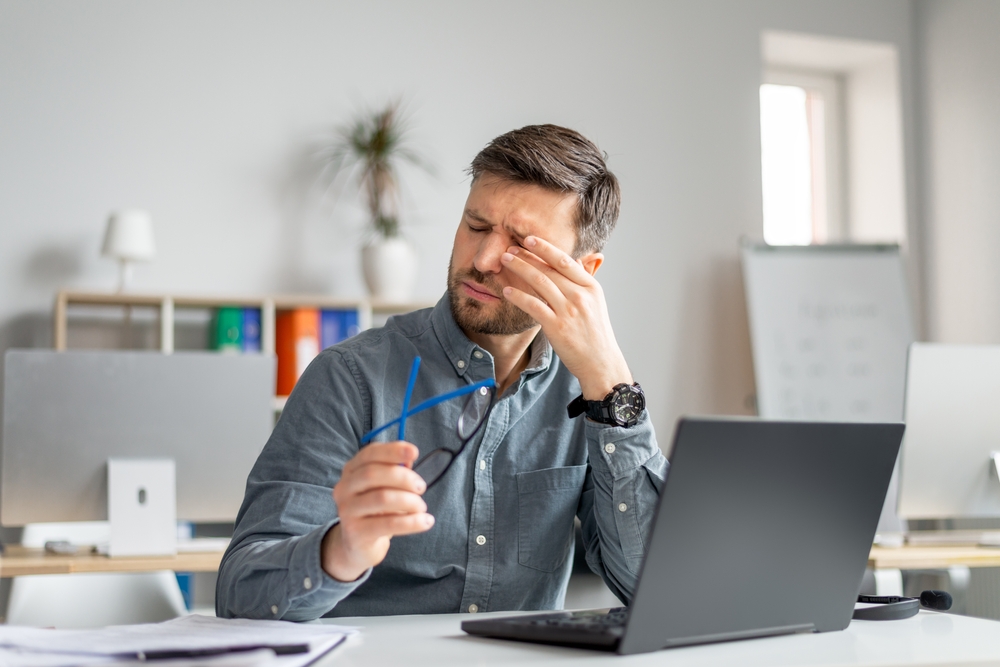
The Dry Eye Foundation understands that some people experience either temporary or chronic dry eye symptoms. It is more difficult for people who have chronic dry eye syndrome. Understanding if you have this type of eye condition can help you deal with your symptoms. Here are the details.
The Difference Between Temporary and Chronic Dry Eye
Knowing if you have temporary or chronic dry eye is important. The former is easy and quick to treat. You can adjust your habits to remove the symptoms. Temporary dry eye disease can result from staying in a windy location or wearing your contact lenses too long. Controlling its symptoms involves staying away from places or stopping habits that trigger them. You should avoid dry air and smoke. Taking breaks from your computer can also help you blink more often.
Chronic dry eye syndrome is not that easy to get rid of. Its symptoms persist even when you change your environment. An underlying condition may be causing this. Seeing your eye doctor for chronic dry eye can determine what treatments can resolve it.
Symptoms and Signs of Chronic Dry Eye Syndrome
Chronic dry eye syndrome often results from inadequate tear production. Other conditions can cause this issue. Below are some symptoms of chronic dry eye:
Sensitivity to dry, smokey, or windy places.
Gritty feeling in the eyes.
Stringy secretion from the eye.
Excessive tear production.
Heavy eyelids or eye fatigue.
Stinging or burning sensation in the eye.
Cloudy or blurry vision.
Low Blink Rate
Patients who have chronic dry eye syndrome may start to notice a lower tolerance for computing and reading. You may be suffering from chronic dry eye if you are having a difficult time focusing. Your lack of blinking may go away by taking frequent breaks from reading or using your computer.
Contact Lens Discomfort
A lack of comfort while wearing contact lenses may also be a sign of chronic dry eye syndrome. Your eyes may be feeling scratchy or dry while wearing your contacts. Many people resolve this by changing their type or brand of contact lenses. But if the symptoms stay the same, you may be having chronic dry eye syndrome.
Insufficient Tear Production
Chronic dry eye syndrome may also be the case if you do not shed tears when you want to. This may be mistaken for an emotional problem. Your eye doctor will assess your eyes. This will confirm if you are, indeed, suffering from chronic dry eye.
The Underlying Causes
The tear film is the major component in diagnosing chronic dry eye syndrome. It is a substance made of oil, mucus, and water. Tear film must have a good balance to protect the eye and keep it healthy. If you have a lack of tears because they evaporate right away, you have evaporative dry eye. If you have a lack of tears, you have aqueous tear-deficient chronic dry eye.
Chronic eye disease needs an extensive form of treatment that you can work out with your eye doctor. At Refined Eyecare Optometry, we help our patients achieve better eye health with our quality eye care products and services. Feel free to visit our clinic in Torrance, California, for a one-on-one consultation. Please call us at 310-214-0409 to schedule an appointment or ask about our chronic dry eye treatment packages.







